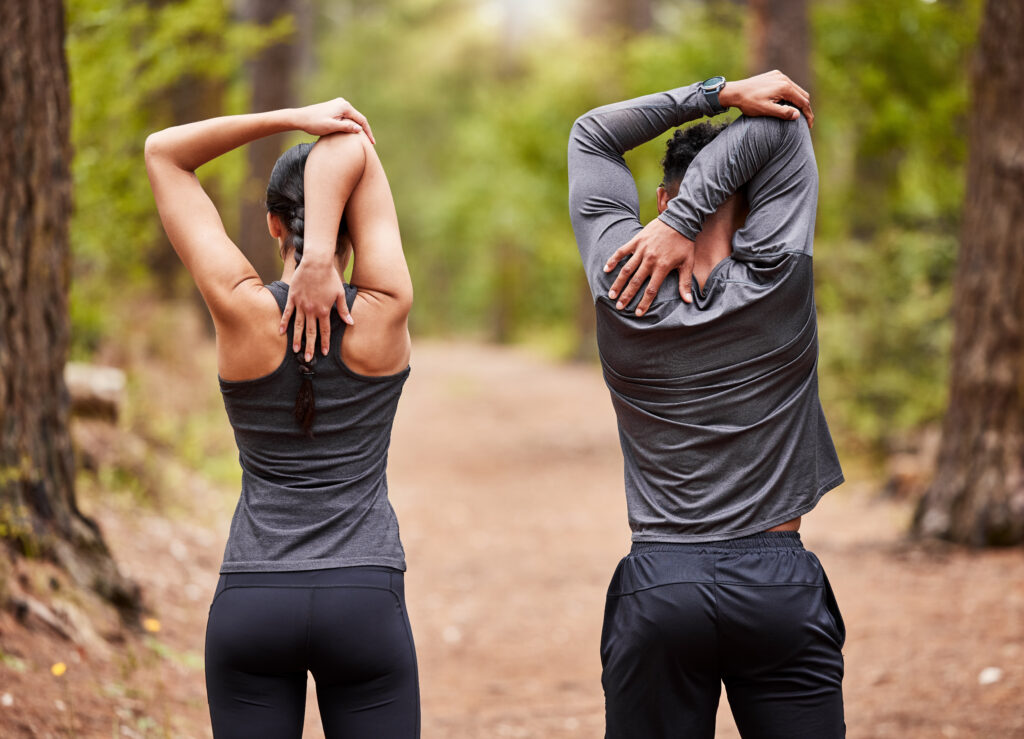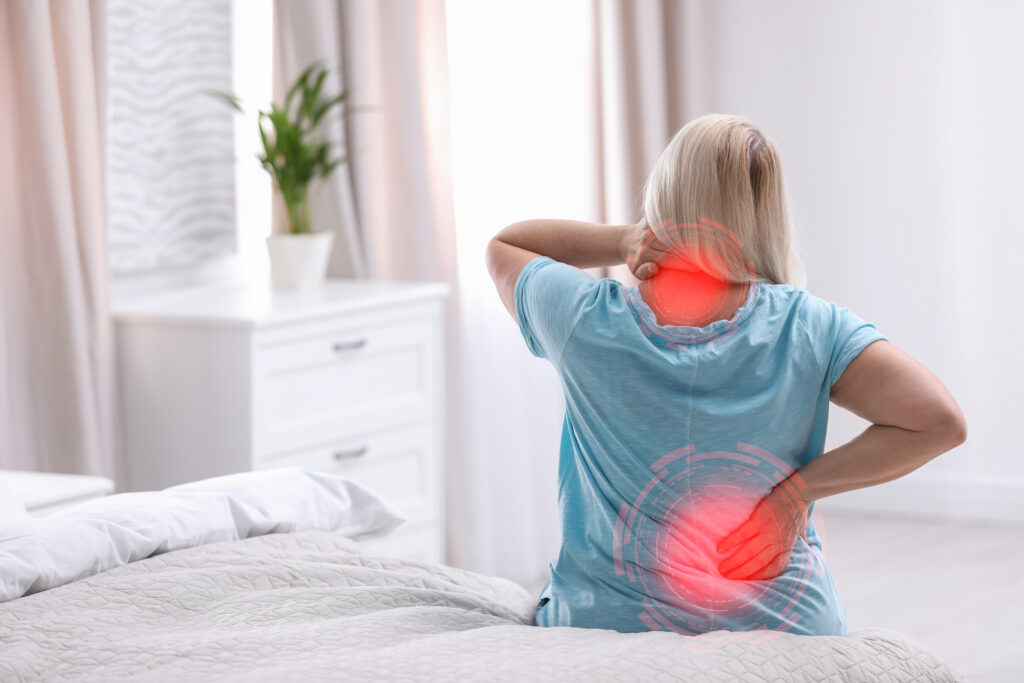After a long winter of less movement and more screen time, your body might feel stiff or achy. Want to reduce stiffness after winter? The good news is—you don’t need a full life overhaul. Just a few supportive steps can help your body feel looser, stronger, and ready for spring.
If your joints are creaky, your muscles are tight, or you’re noticing more aches as the weather warms up, you’re not broken—you’re simply out of practice. And that’s okay. Your body knows how to move. It just needs a gentle reminder.
Why Spring Can Feel Harder Than Winter
It sounds backward, but the return of spring can actually make pain and stiffness feel worse, not better. Why? Because your body has spent months adapting to stillness. Hunched posture, limited mobility, disrupted sleep—these things add up. And when you suddenly start asking more of your body (even something as simple as a walk around the block), it can push back.
What you’re feeling isn’t weakness. It’s your body saying, “Hey, let’s take this slow.”

Gentle Steps That Make a Big Difference
You don’t need a gym membership or fancy gear to start moving better. In fact, the best way to reduce pain and stiffness is with low-barrier, daily actions that rebuild trust between you and your body.
1. Start Your Day With Easy Movement
Wake up your joints with 5 minutes of motion. Try shoulder circles, neck rolls, or standing side bends. No pain, no pressure—just motion for the sake of motion.
2. Take Movement Breaks, Not Workout Breaks
You don’t have to “exercise” to make a difference. Walk the length of your house during commercial breaks. Do a few seated stretches after lunch. A little bit, repeated often, goes further than one big push.
3. Try a Warm-Up Routine for Real Life
Before gardening or going for a longer walk, warm up like you would for a workout. A few bodyweight squats, ankle rolls, or walking arm swings prep your body and reduce injury risk.
4. Use Heat and Hydration Together
“A daily warm shower and stretch combo is a great way to reduce stiffness after winter and prep your body for movement.
5. Let Food Be Part of the Fix
Choose meals that reduce inflammation instead of feeding it. Leafy greens, wild salmon, turmeric, and ginger are allies in your pain relief toolkit. Limit sugar and processed foods when you can.
Mindset Matters: You’re Not Behind
This is one of the most important truths I share with my patients: healing isn’t about catching up—it’s about tuning in. Stop comparing your current mobility to last year’s version of yourself. Start with today’s version—and treat them like someone worth taking care of.
Every step, every stretch, every breath counts. Especially when they’re done with intention.

When to Get a Hand
If pain or stiffness isn’t improving with gentle movement—or if you’re feeling stuck, overwhelmed, or unsure what’s safe—it’s okay to ask for help. In my clinic and online programs, we focus on sustainable movement strategies, nervous system support, and personalized plans that actually work for people living with chronic pain.
Whether you’re curious about my online course, exploring my book series, or looking for hands-on support in Chilliwack, I’ve got options that meet you where you are.
This Spring, Let It Be About More Than Sunshine
Let it be about reconnecting with your body, rebuilding trust in movement, and finding relief—on your own terms. You don’t need to push harder. You just need to start softer.
I’ll walk with you every step of the way.
